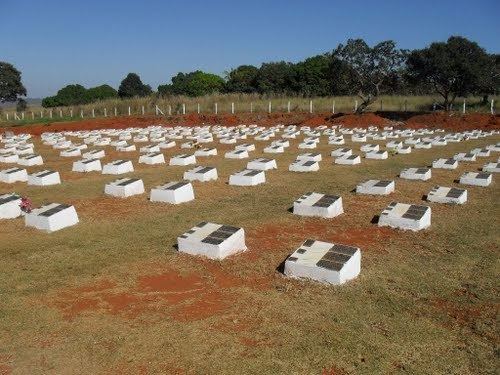Time zone UTC-3 (UTC-3) Area 191.2 km² Local time Sunday 5:53 PM Postal Code 72910-000 | Region Central-West Demonym(s) aguas lindense Elevation 1,100 m Population 159,138 (2010) City Established December 27, 1995 | |
 | ||
Weather 23°C, Wind E at 10 km/h, 75% Humidity | ||
Sete de setembro guas lindas de goi s 2
Águas Lindas de Goiás is a municipality located in central Goiás, Brazil. It is the fifth largest city in the state and one of the fastest growing cities in Brazil.
Contents
- Sete de setembro guas lindas de goi s 2
- Map of C381guas Lindas de GoiC3A1s State of GoiC3A1s Brazil
- Location
- Demographics
- The economy
- References
Map of %C3%81guas Lindas de Goi%C3%A1s - State of Goi%C3%A1s, Brazil
Location
Águas Lindas is 193 km. from the state capital of Goiânia. Highway connections with Goiânia are made by BR-153 / Anápolis / BR-414 / Cocalzinho de Goiás / BR-070. For the complete list see It has borders with Santo Antônio do Descoberto, Cocalzinho de Goiás, and Brasília. It is located west of Brasília and borders on the boundary of the Federal District. It is part of the Entorno do Distrito Federal micro-region, which has over 960,000 inhabitants.
Demographics
The economy
The city has no major industries but has a variety of small commercial enterprises ranging from small offices, bars, grocery stores and larger supermarkets. Small industries manufacture furniture, sewage pipes, bicycles, sweets and toys. The informal economy is very strong and many people have stalls in fairs either in the city or in neighboring cities.
Due to the small territory and the urban characteristics there were no agricultural products registered with the IBGE.
The existence of Águas Lindas is recent, being dismembered in 1997 from the municipality of Santo Antônio do Descoberto. In 1996 the population of what was just a district was already 61,478. By 2000 it had increased to 105,000.
Its only reason for existence is Brasília and the need for lower class and lower middle class residents of that city or migrants from rural areas to find affordable housing. The infrastructures are precarious as evidenced by the existence of only one hospital for a city of over 100,000 people, only four bank branches, and only one post office. The per capita income is low and most of the inhabitants take buses every day to work in Brasília.
